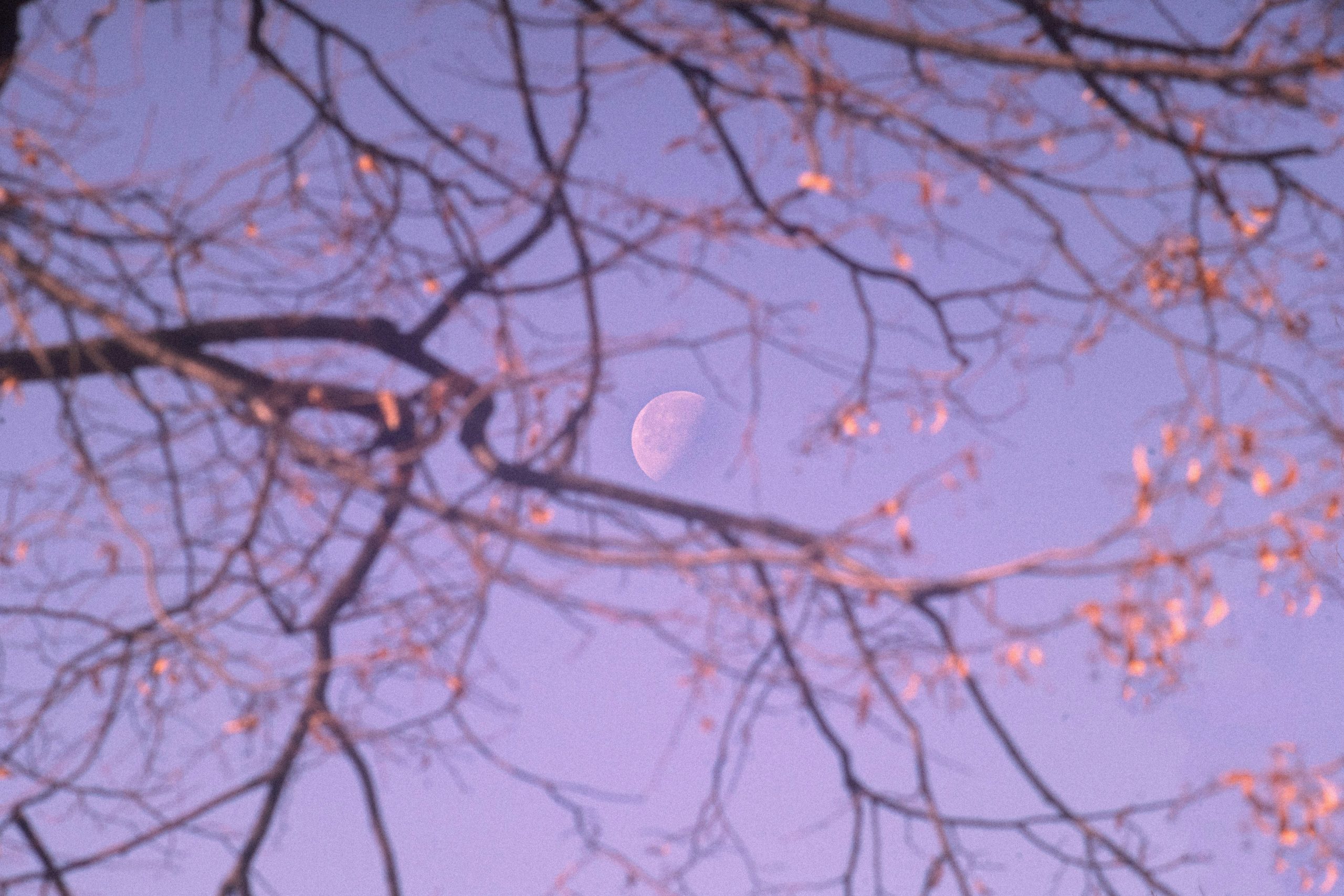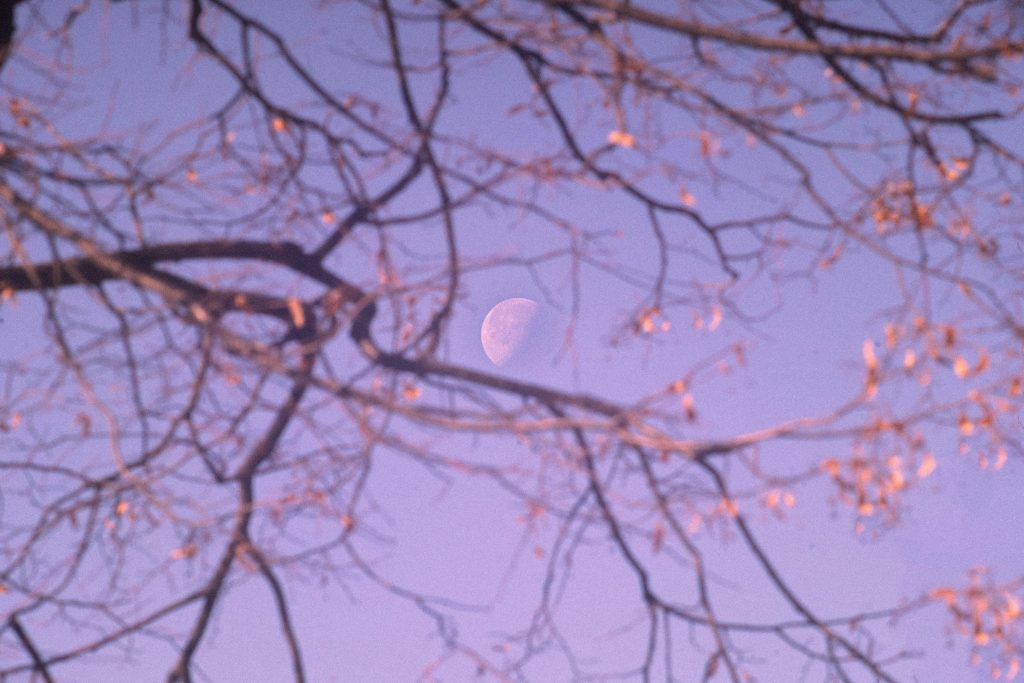‘Summer Moon’ and Other Poems
Seven poems by the wandering monk Saigyo The post ‘Summer Moon’ and Other Poems appeared first on Tricycle: The Buddhist Review.

Seven poems by the wandering monk Saigyo
By Saigyo | Translated by Peter Levitt and Kazuaki Tanahashi Jul 19, 2025 Image by Maxim Shklyaev
Image by Maxim ShklyaevSaigyo (1118–1190) was one of Japan’s most celebrated poets. Born to a noble family in the Heian period, he spent his early life as a samurai, serving as a low-class guard for Dharma Emperor Toba and the imperial family. At the age of 23, after becoming disillusioned with political violence (and after an alleged affair with Toba’s daughter), he resigned from his position in the imperial court and became a wandering monk, taking up the name Saigyo, or “going west” (a reference to the Pure Land of Amitabha). After a few years of wandering from temple to temple, the young poet came across a hut on Mount Koya, where he lived on and off for the next three decades. When he wasn’t at home in his hut, he traveled across Japan as an itinerant monk, visiting various poetic sites and shrines, begging for food, and composing classical waka, or poems written in five phrases of five, seven, five, seven, and seven syllables. Over the course of his life, he wrote more than 2,000 waka, many of which were anthologized in prominent collections or adapted into Noh plays after his death.
In their new collection, Blossom Awakening: The Life and Poetry of Wandering Monk Saigyo, veteran translators Peter Levitt and Kazuaki Tanahashi present 193 of these waka, both in the original Japanese text and in translation, along with rich commentary on Saigyo’s life and work. The collection is organized into eleven themes, including renunciation, love, loneliness, the moon, and the dreamlike world. Over the course of the collection, we witness Saigyo’s struggles with the existential loneliness and melancholy that come with prolonged isolation, as well as his bittersweet reflections on the fleeting nature of all things. We see him befriend deer and nightingales, and take solace in the beauty of the moonlight. And, in the collection’s final chapters, we witness his transformative encounters with Shingon Buddhism and his incorporation of its esoteric rituals and practices into his verses.
For Saigyo, writing poetry was a form of rigorous spiritual practice. As he wrote, “Waka is the true form of the Tathagata (Buddha). Therefore, writing one poem is an intention of carving an image of the Buddha. To keep the mind on one phrase is no other than changing an esoteric mantra.” Saigyo’s poetry itself can serve in a similar fashion, offering an opportunity to meditate on life’s ephemeral nature—and on the awakening that can come from embracing impermanence.
–Sarah Fleming
3.
Written upon leaving the household and bidding farewell to Former Emperor Toba.
Though I hold this world
dear, I cannot remain
attached—
only by forsaking the self
can I be free.
8.
How can my heart
still be drenched
with the color of these flowers?
I thought
I had abandoned everything.
17.
Summer Moon
After the evening shower,
the moon abides
on a floating lotus leaf—
jewels
scatter and sway.
163.
The Gadgada-svara Bodhisattva Chapter of the Lotus Sutra says, “His face is as beautiful as millions of moons put together.”
My heart grows clear,
serene in its light—
just seeing
one moon,
on one night.
182.
The Blissful Practice Chapter of the Lotus Sutra: “Deeply entering samādhi and seeing buddhas of the ten directions.”
Deep in the mountains,
the moon
in your mind
becomes a clear mirror—
you see enlightenment all around.
185.
The fragrance of wild peach in spring, and the color of thoroughwort (boneset) in autumn, are the reality of Samantabhadra Bodhisattva.
Fields of color,
spring fragrances—
everything turns into enlightenment
that soaks
my heart.
193.
May my next life
reflect
what’s in my heart—
light of
the timeless moon.
♦
From Blossom Awakening © 2025 translated by Peter Levitt and Kazuaki Tanahashi. Reprinted in arrangement with Shambhala Publications, Inc. Boulder, CO.
![]()
Thank you for subscribing to Tricycle! As a nonprofit, we depend on readers like you to keep Buddhist teachings and practices widely available.
This article is only for Subscribers!
Subscribe now to read this article and get immediate access to everything else.
Already a subscriber? Log in.

 Hollif
Hollif 

































